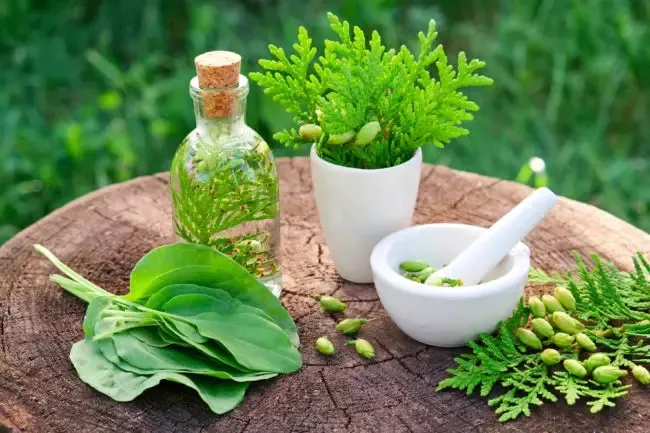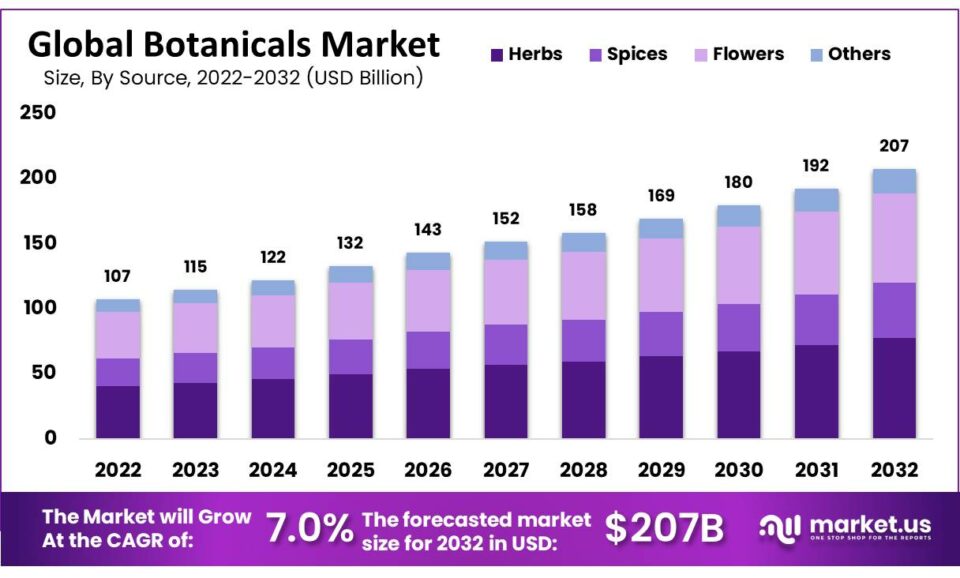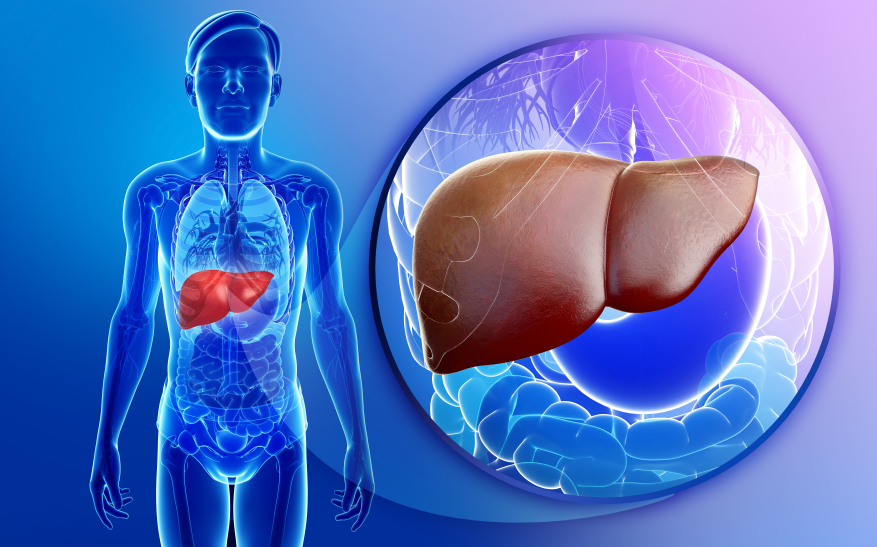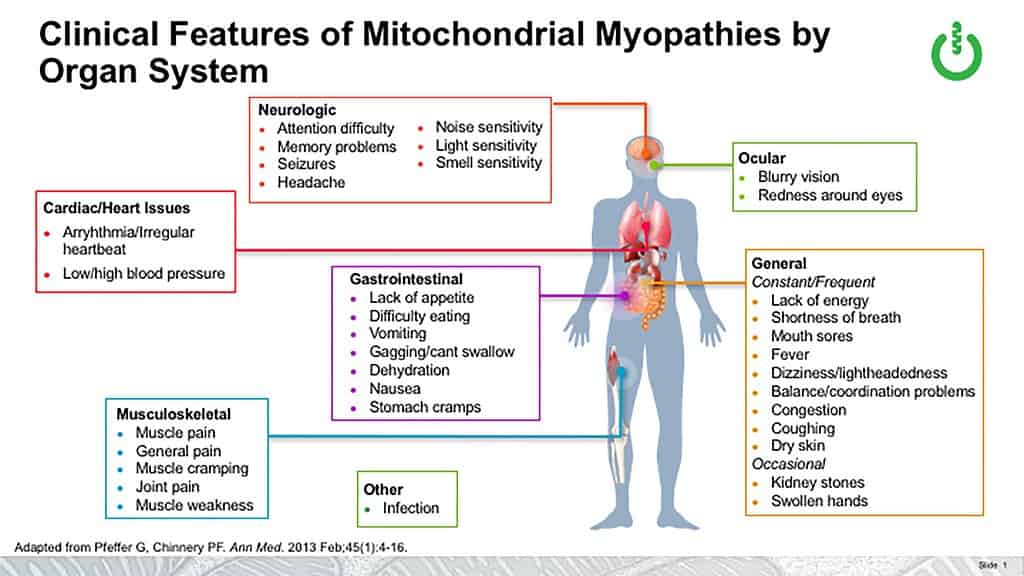
Botanical dietary supplement consumption has been experiencing continued growth within the United States, especially within the first decade of 21st century.1 Such a statement is supported by the US National Health Statistics Reports; the purchase and use of dietary supplements, to include botanicals, has consistently held first place position amongst the most popular complimentary health approaches between 2002 and 2012.1(267) However, legitimate concern does arise regarding the toxicity and safety of botanicals. In the following sections, this author will cover evidence supporting the existence of the same.

As mentioned in this author’s last post, botanical products have risen, both in popularity and sales, over recent years partially due to their perceived safety and positive influence upon health markers.2 Sales of herbal dietary supplements has substantiated such a sentiment accounting for approximately 18% of sales in the supplement industry in 2015, demonstrating strong consumer interest, support, and use of botanicals.1(267) Individuals tend to gravitate towards botanical supplements to maintain well-being, health maintenance, disease prevention, weight loss, immune support, or as an alternative to conventional medicine.1(267) As such, it is imperative that botanicals are both safe and devoid of toxins.

Botanicals can help individuals support and achieve the aforementioned health goals. However, one should remember that many pharmacological drugs have been derived from plant matter which have established dose-limiting toxicities.1(267) Benatrehina et al2(268) also stated that there has been an increase in rates of hepatotoxicity (liver damage), partially driven by the use of botanicals. As such, it is imperative to ensure botanical consumption/overconsumption is considered which, left unchecked, could contribute to the stated increase in organ damage. In the following sections, this author will cover, in greater depth, research which has explored rates of toxicity found amongst commonly purchased botanicals and associated health consequences.

Mitochondria are organelles residing within cells responsible for producing energy via adenosine triphosphate (ATP) production; such is achieved by conversion of food (carbohydrates, fats, proteins) through oxidation and enzymatic reactions.3 As such, mitochondria have become colloquially known as powerhouses within each cell; fundamental constituents of life. However, evidence has suggested that certain dietary supplements have induced mitochondrial dysfunction and other intoxication events.4 Datta et al4(111) cited an exploratory study whereby 352 plant species commonly used in traditional Ayurvedic, Chinese, and Western herbal medicine were examined for their capacity to inhibit and/or disrupt mitochondrial function. The following sections will explore said findings in greater detail.

Primary screening elucidated an extract known as , which has been suspected to contain mitochondrial toxins.4(111) Such a plant is grown along the eastern regions of the United States and has been implemented as a herbal medicine used as an emmenagogue (menstrual flow stimulator), antispasmodic, abortifacient (induces abortion), and parturifacient (induces labor).4(111) However, the side effects of blue cohosh includes stomach cramps, increased blood sugar, increased blood pressure, and diarrhea.4(111) Furthermore, Datta et al4(111) indicated that neonates born from mothers who used blue cohosh had an increased likelihood of multiple organ injury, shock, heart failure, and perinatal stroke. Mechanistic studies indicated that blue cohosh disrupts the membrane of the mitochondria, suggesting a potential causal link between mitochondrial dysfunction and organ damage.
In conclusion, botanical dietary supplement consumption has been experiencing continued growth within the United States, especially within the first decade of 21st century. Furthermore, the purchase and use of dietary supplements, to include botanicals, has consistently held first place position amongst the most popular complementary health approaches between 2002 and 2012. Although plant constituents can support health and homeostasis, caution and vigilance should be applied when using botanicals to avoid overconsumption, such as blue cohosh.
References
1. Benatrehina PA, Pan L, Namen CB, et al. Usage, biological activity, and safety of selected botanical dietary supplements consumed in the United States. J Tradit Complement Med. 2018;8(2):267-277. doi:10.1016/j.jtcme.2018.01.006.
2. Grimstein, M, Huang SM. A regulatory science viewpoint on botanical-drug interactions. JFDA. 2018;26(2S):1-15. doi:10.1016/j.jfda.2018.01.013.
3. Reisner EG, Reisner HM. An Introduction to Human Disease: Pathology and Pathophysiology Correlations. 10th ed. Burlington, MA: Jones & Bartlett Learning; 2017.
4. Datta S, Mahdi F, Ali Z, Jekabsons MB, et al. Toxins in botanical dietary supplements: Blue cohosh components disrupt cellular respiration and mitochondrial membrane potential. J Nat Prod. 2013;77(1):111-117. doi:10.1021/np400758t.
-Michael McIsaac
